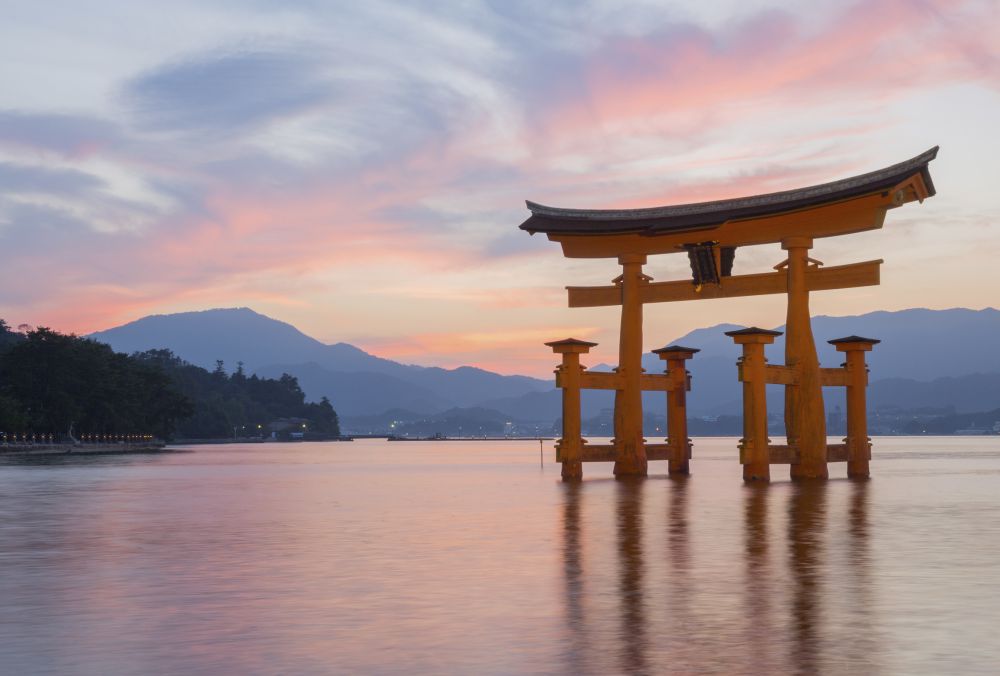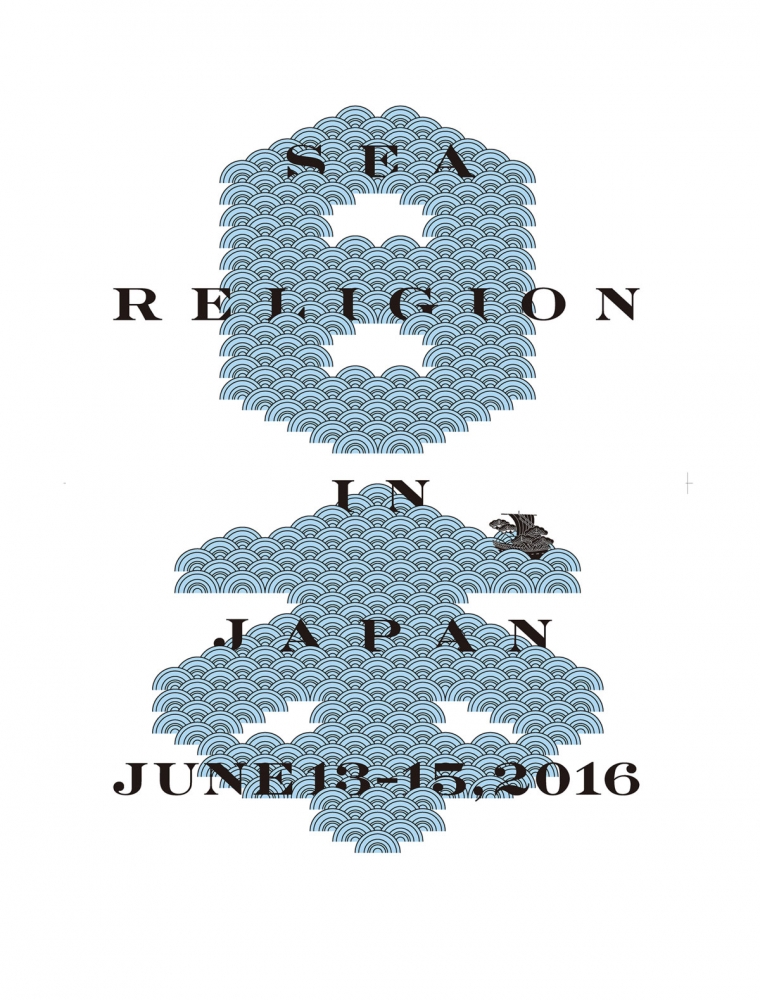
A Shinto Sea Change


Japan is made up of more than 6,800 islands. And yet Shinto, the country’s native religion, largely focuses on “continental,” or landlocked elements such mountains or rice cultivation. Where is the sea in Shinto?
“That is something that baffles me,” said Fabio Rambelli, who holds the International Shinto Foundation Chair in Shinto Studies in UC Santa Barbara’s Department of East Asian Languages and Cultural Studies. “It may sound strange, but most people don’t seem to realize it, because everything is so earth-centered. Any book on Japanese religion that you find is always about mountains and rice, and there’s very little about the sea. Here and there, of course, but it’s incredibly marginal.”
To address this oddity, Rambelli organized “Sea Religion in Japan,” a three-day conference at UCSB that will take a fresh, multidisciplinary look at the role of the sea in Shinto and seek to re-center its study on the ocean, its deities and shrines. Taking place June 13-15 in the McCune Conference Room on the sixth floor of the campus’s Humanities and Social Sciences Building, the conference will bring together an international group of scholars who will present a total of 18 papers in a range of disciplines.
“The sea has been important in Japanese religious history, even though religious studies of Japan have not emphasized that,” Rambelli noted. “Rather than focus on one or two particular aspects, I decided to try to bring here a wide perspective of many different things so we can have a general idea or picture.”
The interdisciplinary conference will feature scholars from several countries in disciplines as diverse as religious history, Buddhist and Shinto studies, anthropology and literature. Japan’s relationship with the ocean is deep and complex, Rambelli said, and should be approached from multiple viewpoints. “The theme of the sea appears in many different aspects of Japanese culture, so I think it is difficult to deal with it within in only one single perspective,” Rambelli explained.
Although the sea has been marginalized in the study of Shinto and Japanese religions in general, it figures heavily in tales of sea monsters, dragons, whales and more. Some legends even hold that there are caves in the mountains directly related to the sea. Still, somehow Shinto has come to treat the land and sea as unequal realms. Understanding how that happened and what can be done to shift the conversation promises to be a fascinating undertaking, Rambelli said.
“Hopefully this will be the beginning of a conversation about these things, and I think Santa Barbara is an ideal place for that,” he said. “We’re between the mountains and the sea ourselves.”
The conference, which is free and open to the public, begins at 9:30 a.m. Monday, June 13.



